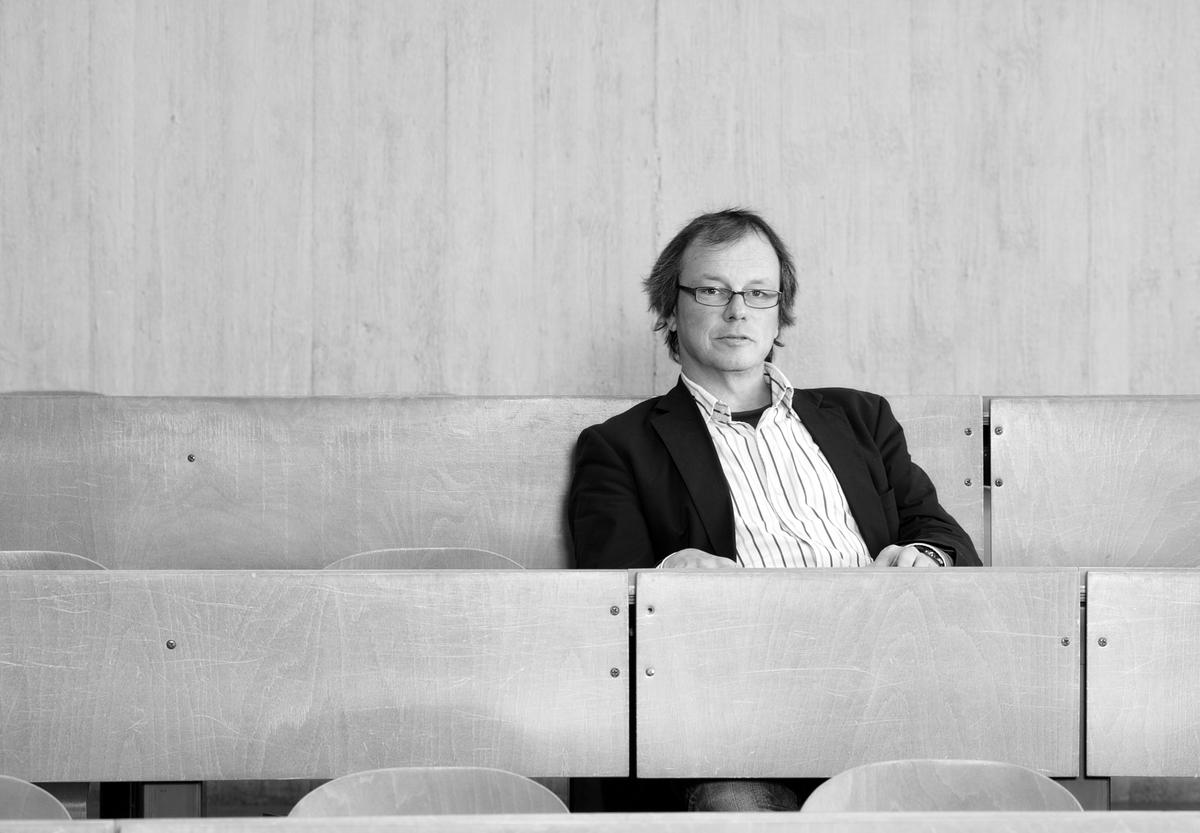Xenophobic events as a collective phenomenon? Spatial analyses of arson attacks in Germany 2015-2017
Time
Monday, 27. January 2020
11:45 - 12:45
Location
M629
Organizer
Centre for the Advanced Study of Collective Behaviour
Speaker:
Thomas Hinz, University of Konstanz
This event is part of an event series „Seminar Series of CASCB“.
View the recording of Thomas' talk here
Thomas Hinz is a Professor of Empirical Social Research at University of Konstanz. His research interests include: methods of empirical social research, labor market sociology, social structure analysis and organizational and economic sociology.
Xenophobic events as a collective phenomenon? Spatial analyses of arson attacks in Germany 2015-2017
In 2015, Germany experienced a massive migration of refugees. Over the year, about 800.000 refugees newly arrived which equals around one percent of the total population. In the German public, this migration process was labelled as refugee crisis which was accompanied by a contested political debate. While there was a huge and widespread willingness to voluntarily help arriving refugees the number of xenophobic attacks against refugees, asylum seekers, etc. drastically increased. In the talk, I will focus on how a specific form of xenophobic violence spreads with a strong symbolic meaning – arson attacks against objects selected to serve as collective accommodation facilities.
In our research group, we collected temporal and spatial data about arson attacks perpetrated between 2015 and 2017 on accommodations or facilities for refugees in Germany from a web chronicle. We assigned each incident location to its county with the aid of Google’s Geocoding API. In addition, we extracted media data from digital archives. Besides classical media (newspaper online), we are able to cover local fake news on refugees. Then we arranged an event data set as balanced panel data with the county identifier as individual dimension, and a period of 14 days as time dimension. Subsequently, we further enriched this panel with time-constant and time-variant county-level data, and with time-variant national data. Results indicate that spatial patterns indeed drive the diffusion process of violence as well the potential of support for a right-wing party. Interestingly, local media coverage seems to be less relevant for the diffusion process.

